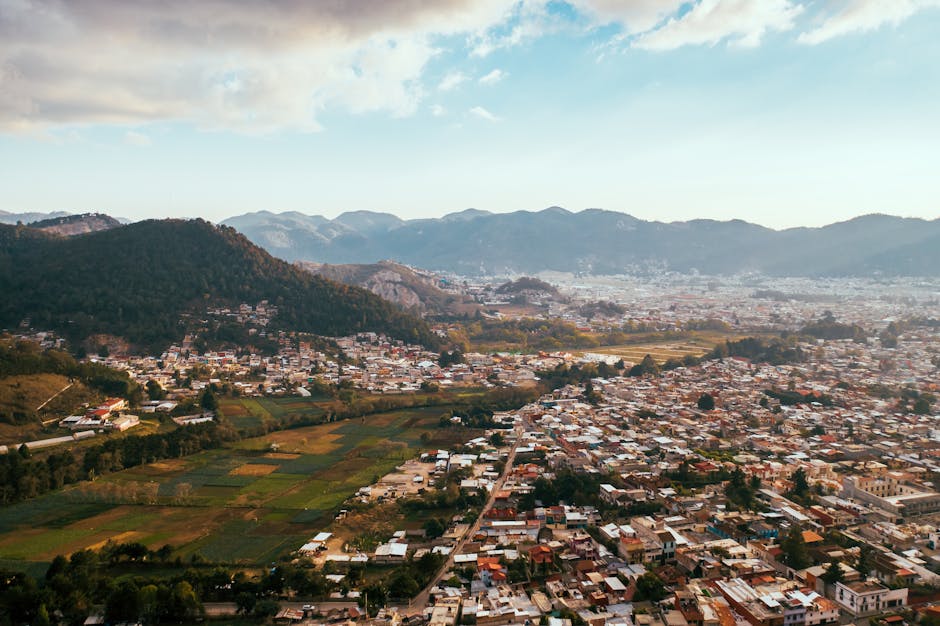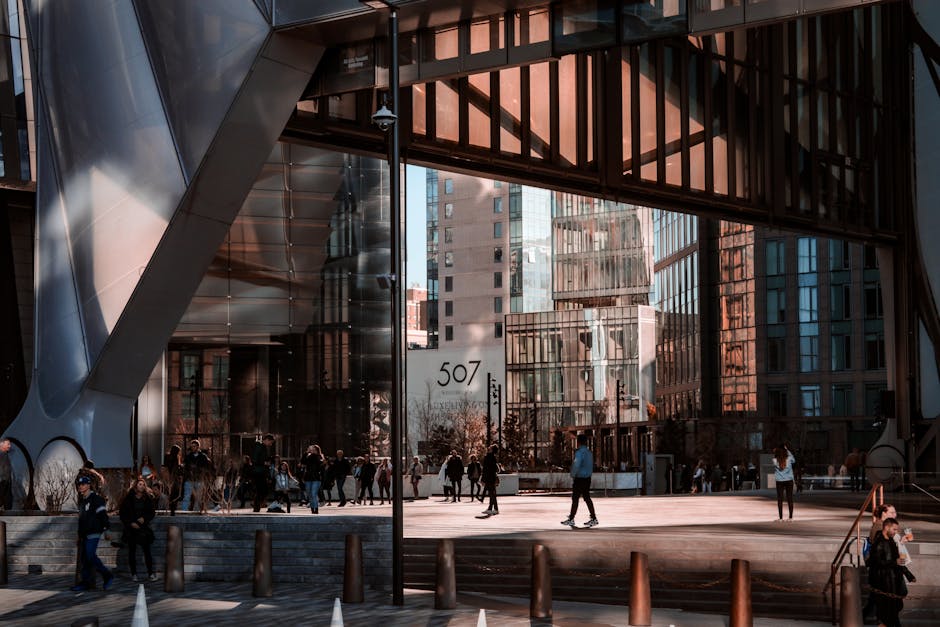**
In the remote village of Pesqueiro, where the Amazon River meets the Atlantic Ocean, a quiet but relentless battle is unfolding. The community, home to generations of fisherfolk, grapples with an existential threat—rising sea levels swallowing their homes and livelihoods. As climate change accelerates, Pesqueiro has become a microcosm of a global crisis, where environmental degradation and human resilience collide.
A Village Swallowed by the Sea
Pesqueiro, in Brazil’s northern state of Pará, is a picturesque hamlet where wooden stilt houses line the shore, and life follows the tides. For decades, locals thrived on fishing and small-scale farming. But now, the tides are turning against them.
“The sea is eating our land,” says Maria Silva, a 65-year-old fisherwoman whose family has lived here for generations. “Every year, the water comes closer. We’ve lost homes, coconut trees, even our graveyard.”
Scientists blame rising sea levels (driven by melting polar ice) and land subsidence from deforestation and upstream dams. Studies show the Amazon Delta, where Pesqueiro sits, faces sea-level rise at twice the global average.
The Devastating Human Impact
The toll on Pesqueiro is stark:
– Homes once 50 meters from shore now face waves at their doorsteps.
– The village school was relocated after storm surges flooded classrooms.
– Fishermen report fewer catches as saltwater invades freshwater ecosystems.
“We used to catch enough fish in a day to feed our families and sell the rest,” says fisherman João Ribeiro. “Now, the fish are gone, and the mangroves—where they breed—are dying.”
Mangroves, nature’s shield against erosion, are vanishing. Brazil’s National Institute for Space Research (INPE) reports a 30% loss in Amazon mangroves since the 1990s.
Grassroots Solutions Against the Tide
With little outside help, Pesqueiro’s residents are fighting back:
– Hand-built seawalls from sandbags and driftwood.
– Mangrove replanting to restore natural barriers.
– Partnerships with NGOs like Mangue Vivo (Living Mangrove) for reforestation.
“The community’s resilience is incredible,” says Dr. Ana Santos, an environmental scientist. “But without global action—cutting emissions, protecting forests—these efforts may only buy time.”
A Warning to the World
Pesqueiro’s struggle mirrors coastal communities worldwide, from Bangladesh to the Maldives. But its location—where the Amazon meets the ocean—highlights a cruel irony: the destruction of the “lungs of the Earth” worsens the very crisis drowning its people.
An Uncertain Future
Some families have already left, joining Brazil’s climate refugees. Those who remain demand justice:
“We need help, but we also need accountability,” says Maria Silva. “We didn’t cause this. Why should we pay the price?”
As tides keep rising, Pesqueiro’s story is a urgent call to action—proof that climate change isn’t distant. It’s here, erasing lives, one wave at a time.
— Reporting by NextMinuteNews
**




